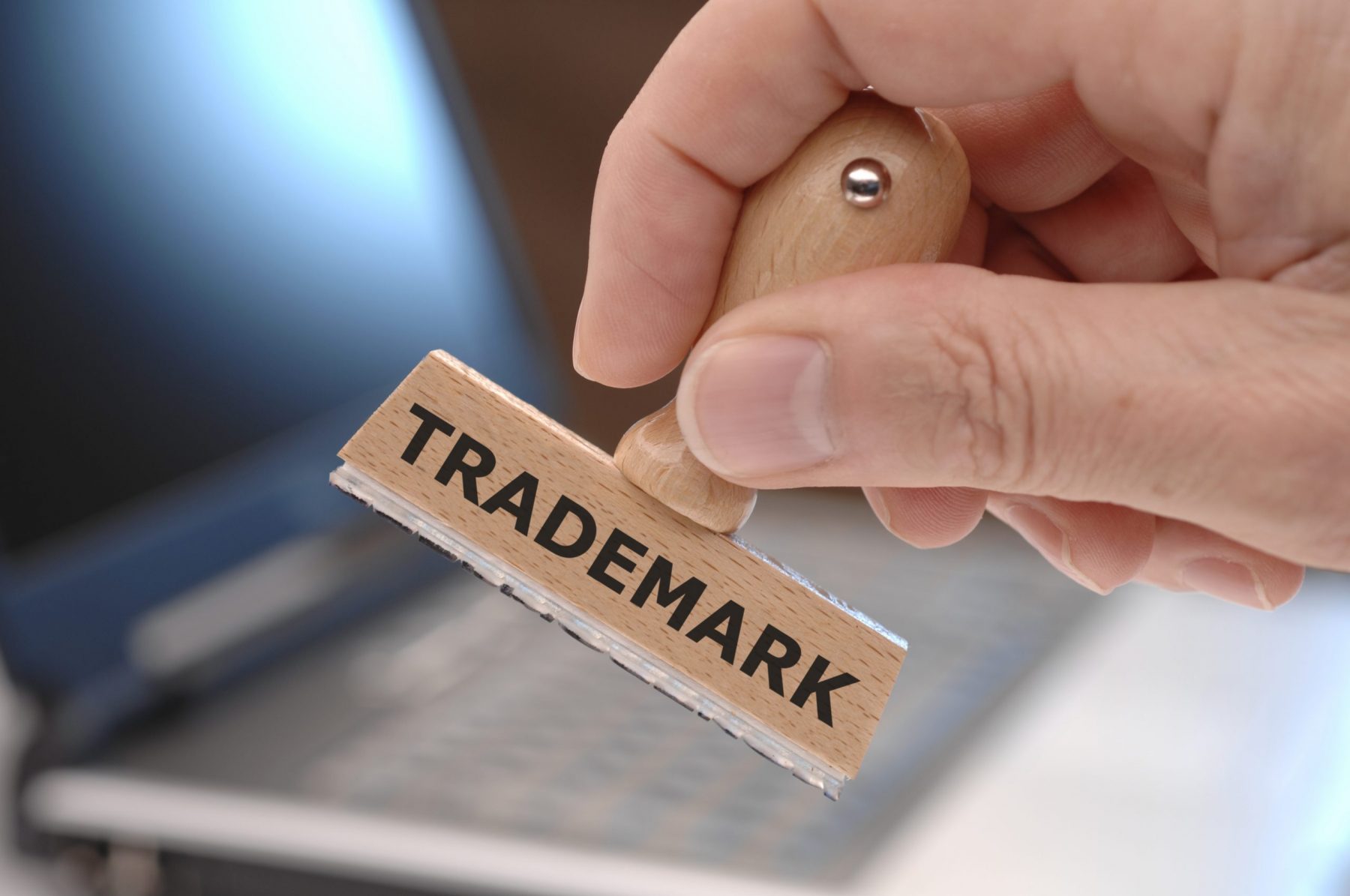Trademark protection is essential for nonprofits of all sizes to protect their proprietary intellectual property. But registering trademarks with the USPTO is only the initial step in protecting your brand.
Trademarks are protections that are self-policed. In other words, following registration, your nonprofit must continue to be diligent in surveying the market for copycats and infringers. Monitoring the use of your trademark in commerce is crucial to ensuring your nonprofit’s rights.
Generally, the use of a trademark by others can be enjoined if that use causes confusion or is likely to cause confusion with the trademark owner.
In the context of fundraising, determining whether your trademark is being infringed requires an inquiry into the totality of circumstances, with the purpose of the solicitation, the targeted audience, the sophistication of the audience, the manner in which the solicitation occurs, and other factors being considered.
Overall, when the alleged infringer’s purpose for the solicitation is the same as the nonprofit’s purpose for solicitation there is a possibility of infringement.
In that event, the parties should look to the marks being used to determine similarity and whether, in the minds of potential donors, it could be believed that there is an association between the alleged infringer and nonprofit trademark owner.
The same test of confusion or likelihood of confusion applies to the sale of goods and services. Even if the nonprofit provides only charitable services, it still may be able to enjoin a third party’s use of a similar mark on goods or services provided by a for-profit entity.
Steps When a Nonprofit Suspects Trademark Infringement
When a nonprofit believes its trademark is being infringed, the following steps should be taken.
1. Investigate for similarity and date involved.
First, the nonprofit should investigate the mark for similarity and figure out when the alleged infringer began using the mark. Discovering first use is important because if the alleged infringer is found to have used the mark prior to the nonprofit, then there may be little recourse for the nonprofit. In fact, if the alleged infringer indeed used the mark in commerce prior to the nonprofit, the nonprofit is more than likely the infringer.
2. Seek an attorney for a cease-and-desist letter.
Second, if it is clear that the nonprofit has priority in the mark’s use, the next step should be to seek out an experienced trademark attorney. The attorney will be able to draft a cease-and-desist letter to the other party which may demand the other party immediately stop using the mark, phase out using the mark, or become a licensee under the mark.
3. Formally file a suit for litigation.
Third, if the cease-and-desist letter is not successful, enforcement by way of court order may become necessary. This involves formally filing a suit and proceeding to litigation.
While litigation is not common, it is an important tool in the nonprofit’s enforcement toolbox. Protecting your nonprofit’s brand is arguably one of the most important jobs of a nonprofit because a nonprofit’s success is tied to its reputation and goodwill. Protecting your reputation goes hand-in-hand with protecting your nonprofit’s trademarks.

